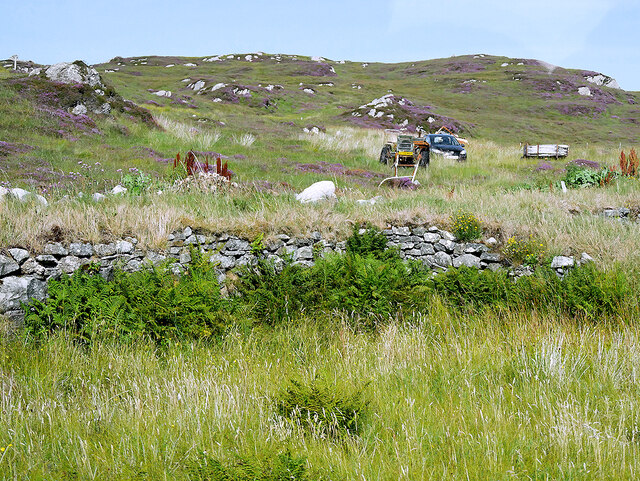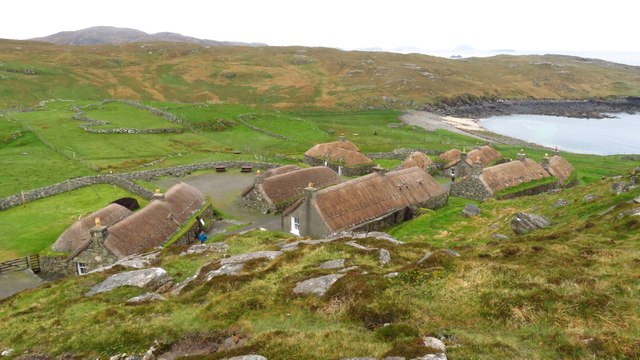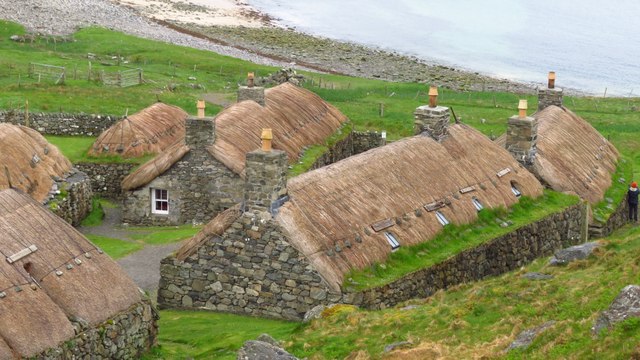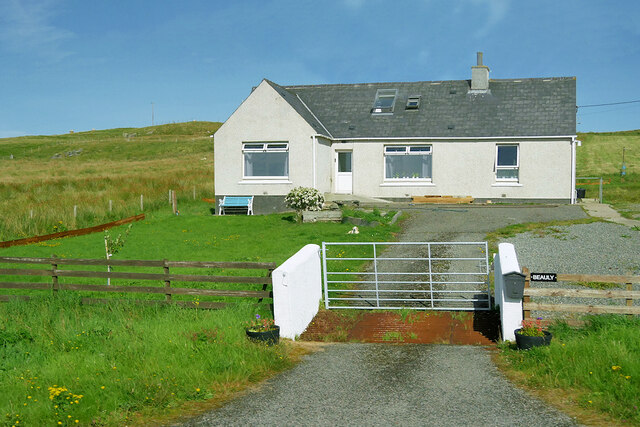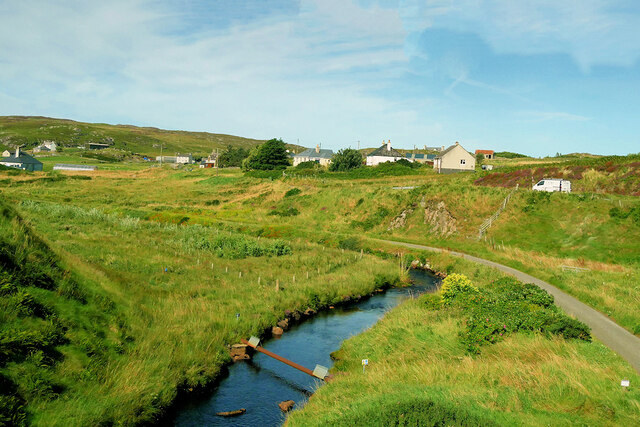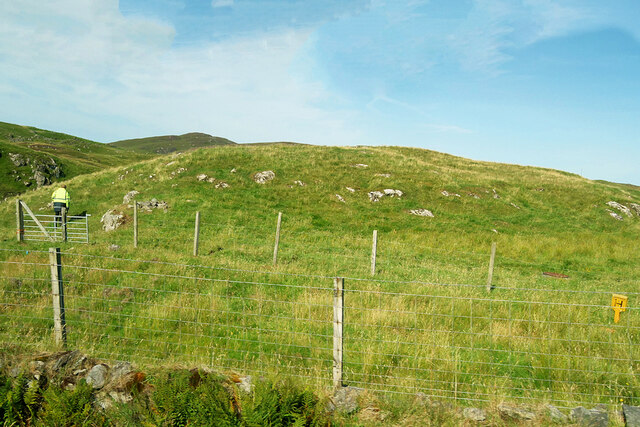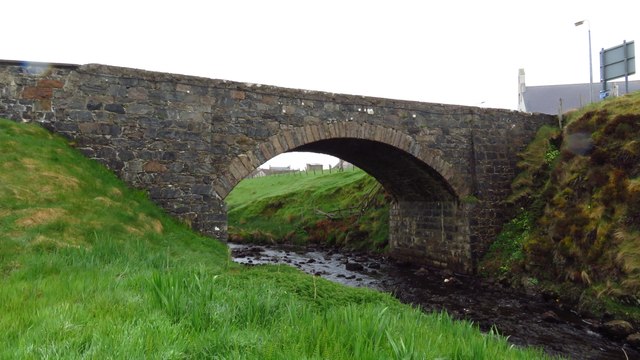Beinn Ghobhlach
Coastal Feature, Headland, Point in Ross-shire
Scotland
Beinn Ghobhlach
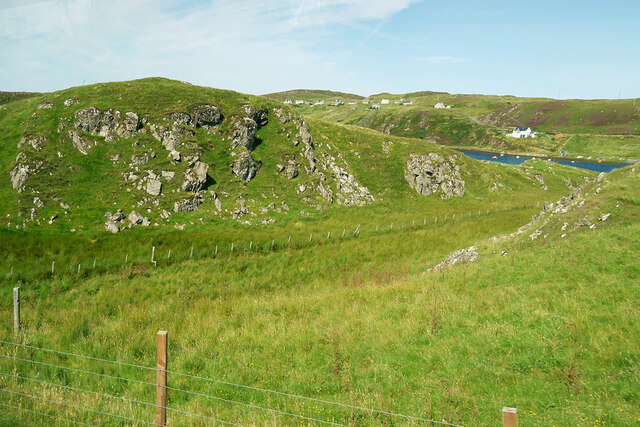
Beinn Ghobhlach is a prominent coastal headland located in Ross-shire, on the west coast of Scotland. Situated on the shores of Loch Broom, it stands as a striking geographical feature in the region.
Rising to an elevation of around 262 meters (860 feet), Beinn Ghobhlach offers breathtaking panoramic views of the surrounding landscape. Its distinct shape and rugged cliffs make it an iconic landmark visible from miles away. The headland is characterized by steep slopes covered in heather, grasses, and scattered patches of woodland.
The headland is also home to a diverse range of flora and fauna. The slopes of Beinn Ghobhlach provide habitat for a variety of bird species, including seabirds such as gulls and cormorants. The surrounding waters of Loch Broom offer a rich marine environment, attracting seals, dolphins, and even the occasional whale.
Beinn Ghobhlach is a popular destination for outdoor enthusiasts, offering opportunities for hiking, birdwatching, and photography. The headland boasts a network of walking trails, allowing visitors to explore its natural beauty and enjoy the stunning vistas. It is also a favored spot for anglers, who venture to the headland in search of salmon and trout in the Loch Broom waters.
With its dramatic cliffs, diverse wildlife, and stunning views, Beinn Ghobhlach is a must-visit destination for nature lovers and those seeking an escape into the Scottish wilderness.
If you have any feedback on the listing, please let us know in the comments section below.
Beinn Ghobhlach Images
Images are sourced within 2km of 58.283155/-6.7845692 or Grid Reference NB1942. Thanks to Geograph Open Source API. All images are credited.
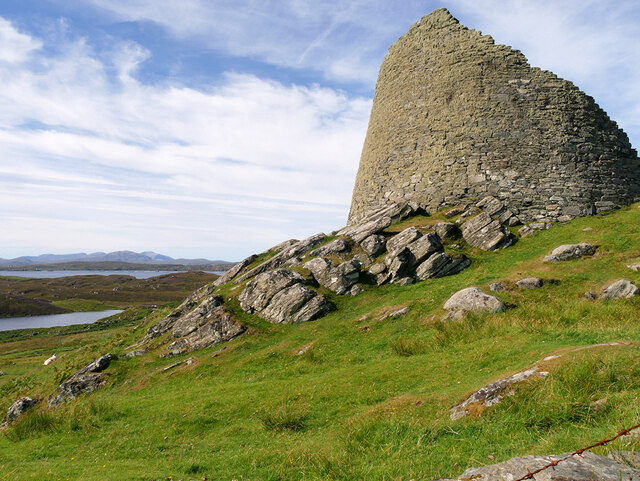
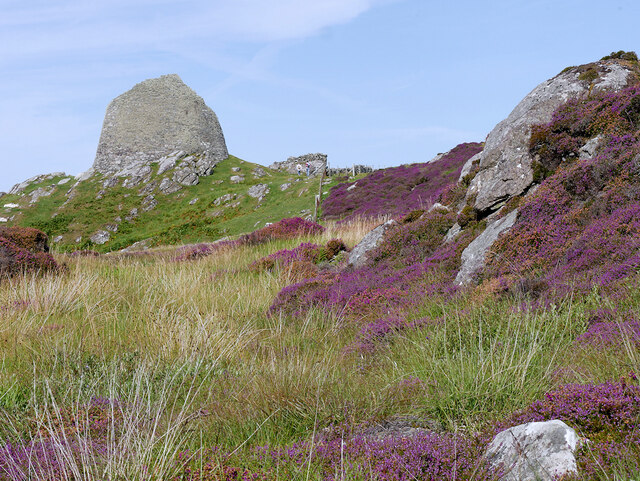
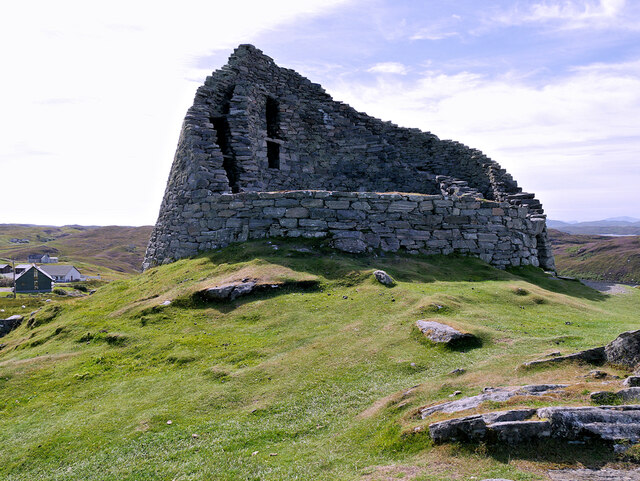
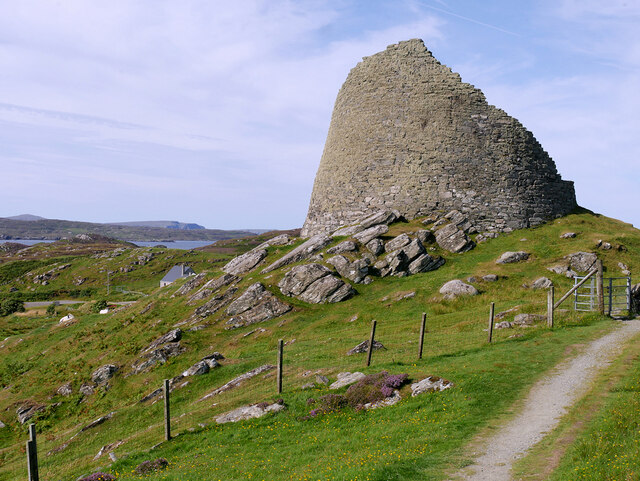
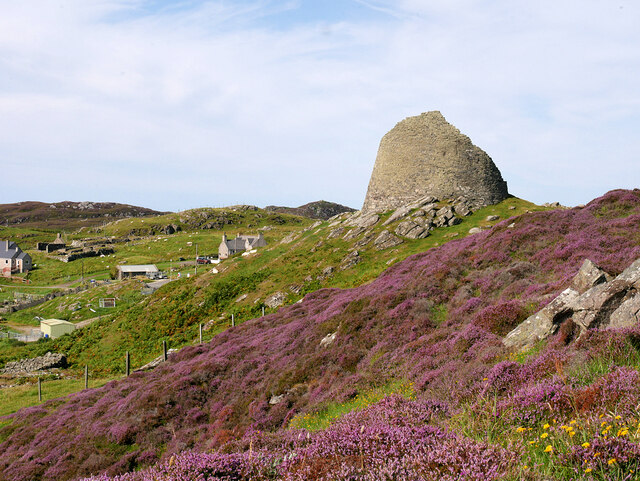
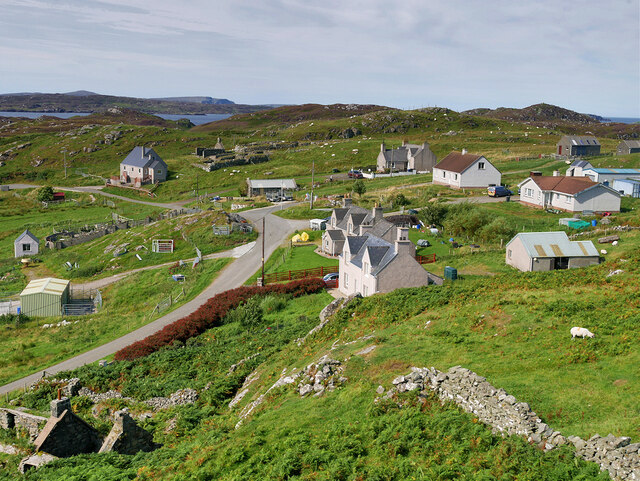
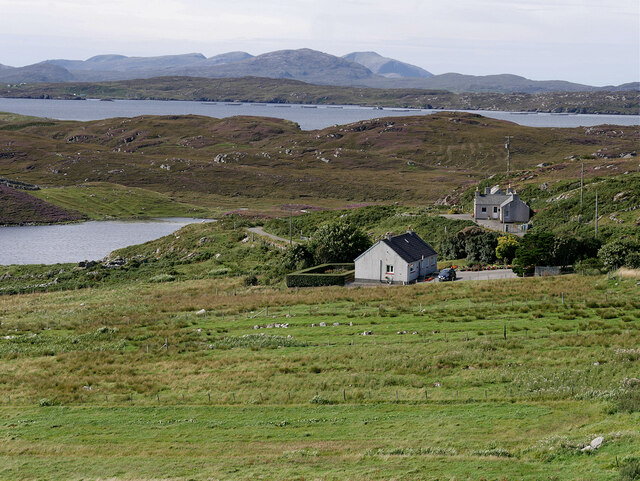
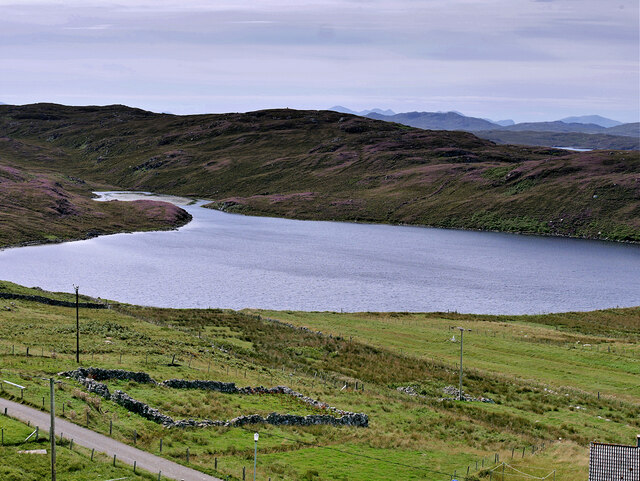
Beinn Ghobhlach is located at Grid Ref: NB1942 (Lat: 58.283155, Lng: -6.7845692)
Unitary Authority: Na h-Eileanan an Iar
Police Authority: Highlands and Islands
What 3 Words
///plays.outlined.commoners. Near Carloway, Na h-Eileanan Siar
Nearby Locations
Related Wikis
Borrowston, Lewis
Borrowston (Scottish Gaelic: Borghastan), with a population of about 50, is a crofting township situated on the Isle of Lewis, on the Outer Hebrides of...
Carloway
Carloway (Scottish Gaelic: Càrlabhagh [ˈkʰaːɾɫ̪ə.ɤː]) is a crofting township and a district on the west coast of the Isle of Lewis, in the Outer Hebrides...
Garenin
Garenin (Scottish Gaelic: Na Gearrannan) is a crofting township on the west coast of the Isle of Lewis in the Outer Hebrides of Scotland. Garenin is in...
Dun Carloway
Dun Carloway (Scottish Gaelic: Dùn Chàrlabhaigh) is a broch situated in the district of Carloway, on the west coast of the Isle of Lewis, Scotland (grid...
Nearby Amenities
Located within 500m of 58.283155,-6.7845692Have you been to Beinn Ghobhlach?
Leave your review of Beinn Ghobhlach below (or comments, questions and feedback).
